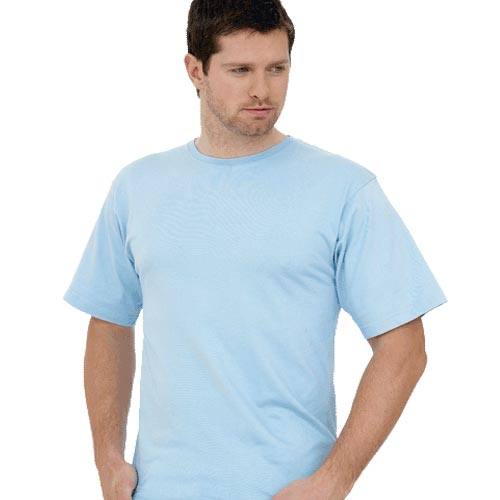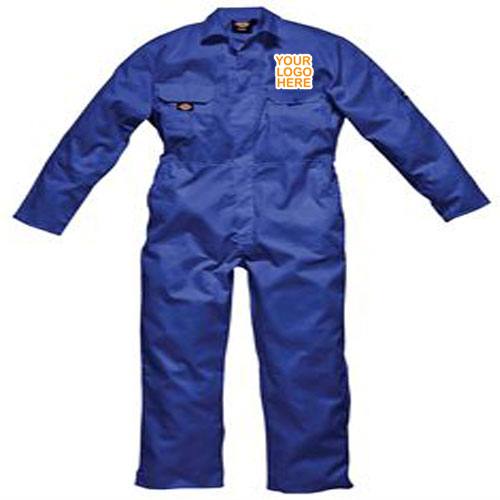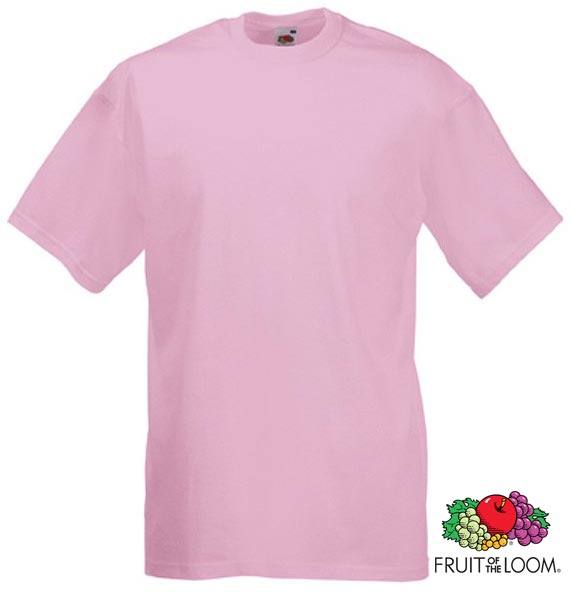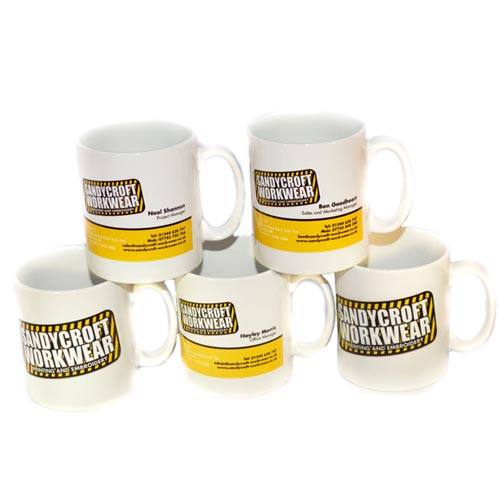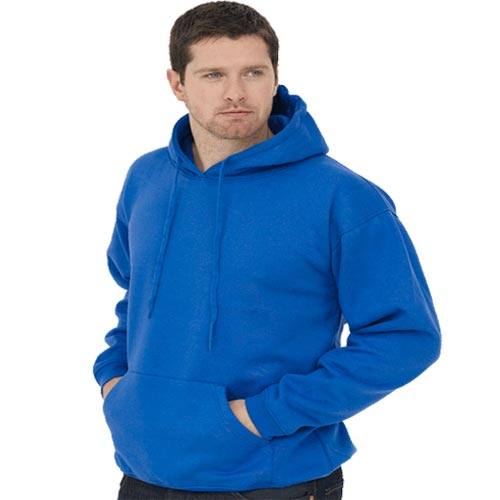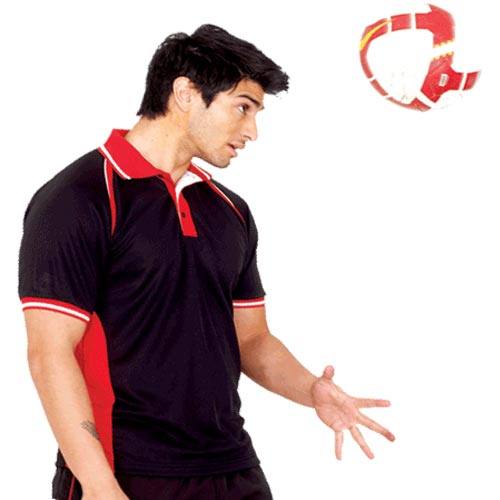There are a number of considerations to take when choosing the appropriate safety boots for your particular work environment. In this article we discuss the rights and wrongs about what a safety boot should do and to any specific set of standards that they should adhere too.
What safety features a work boot should have
There’s a number of bog standard features a safety boot should have especially depending in the line of work you’ll be performing. Considerations to take into factor are:
- Are you working from heights?
- Are you working with electricity?
- Is there a reasonable chance you’ll be working with many sharp objects around you?
- Are high-visibility colours a must?
- Ankle support or no ankle support?
These are some of the questions you should ask yourself before deciding on the safety boot you’ll want to purchase from our personalised workwear shop.
Toecap protection
All safety footwear worth its weight should have some form of toecap protection. Usually in the form of very tough high density plastic or a piece of formed metal. The toecap protection ensures anything dropped on your foot will not damage your toes – crush injuries are painful and usually involve anything from broken bones to split wounds.
Puncture safety plate
A safety plate that runs the length of the boot is a great way to prevent nails and other sharp objects from penetrating into the soul of the foot. Besides the usual tetanus vaccination that’s associated with such injuries, something that penetrates the foot will often need removing which could mean twice the problem.
Side grip
Side grip around the edges of the boot is a great way to offer that little bit of extra security when working at heights. For example when using a ladder often pushing your feet out to the side against it (think opposing forces) as you climb it can offer more purchase during the climb. Making the edge of the boot out of a rubber that grips can assure more security from any nasty falls.
Electrical resistivity
If you work with electricity then high electrical resistivity boots can help prevent severe shocks and burns. When you’re electrocuted you have an entry point of the electricity and an exit point which is often the point of your body which has the most conductive contact with the earth for example your feet. Wearing electrician’s boots can help prevent any accidental shocks or at the very least, minimise the injury caused.
Colour
Colour; this all depends on how visible you’re required to appear on a worksite. Often you can get away with high vis vests on a construction site along with trousers, but in stormy weather where you need maximum visibility such as offshore work when you can fall into the water you want 100% of your body to be able to be seen more easily.
Eye hooks
Eyehooks for tying laces around near the ankle of a boot are generally a no-no as they can easily snag on items around you. Perhaps good for walking but not for getting around in a dangerous work environment.
Grounded boots
Often overlooked and quite the opposite to electrician’s boots, grounded boots have a highly conductive piece of metal at the heal of the boot. This affords against yourself not building up a static charge. This is a major problem in places where explosive and volatile vapours might form such as oil refineries and chemical plants. Perhaps if you did build up a static charge and then reached out to open a valve and you discharged across the gap from your hands the spark could cause an explosion.
Finally: wellies, boots with ankle support, low cut boots or riggers?
This is entirely down to you and what your application for wearing boots is so it has to be left to your own common sense. Of course if you’re in particularly wet and muddy conditions then wellies with good grip and steel toecaps are an excellent choice. If you’re working in the summer months perhaps safety trainers (low cut boots) are a good option. On rough terrain you want ankle support – there’s nothing worst than a sprained ankle; it can take years to heal properly. Riggers are often good all around boots and are very warm in the winter months if you get an insulated pair.
You can view our boots on here on our website work boots they’re great quality; Dickies are an awesome manufacturer of workwear. If you have any questions please email us.


